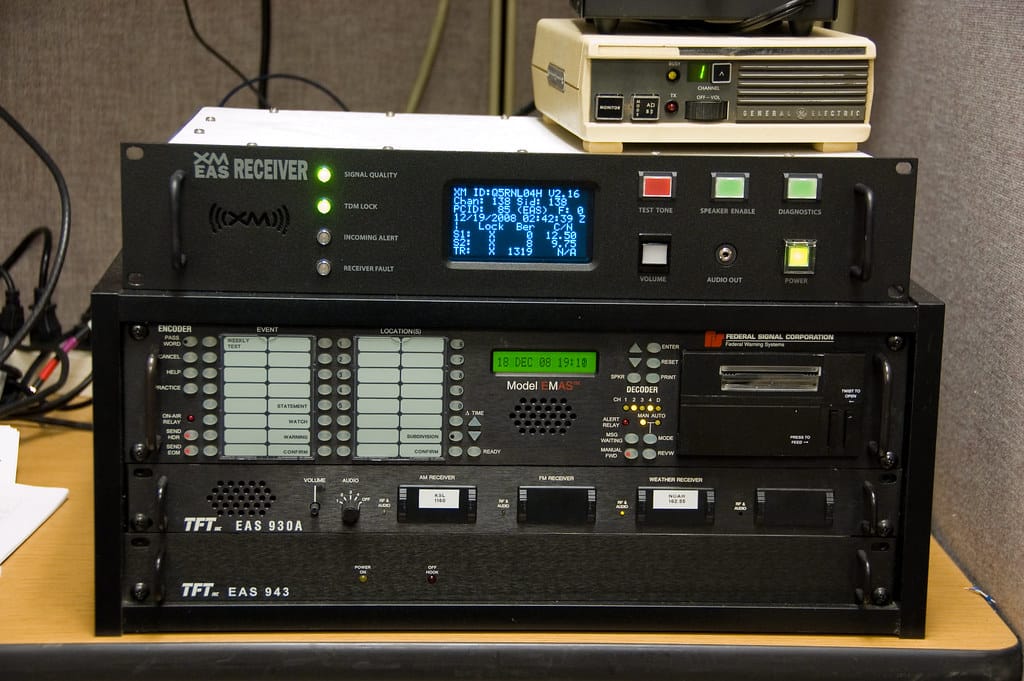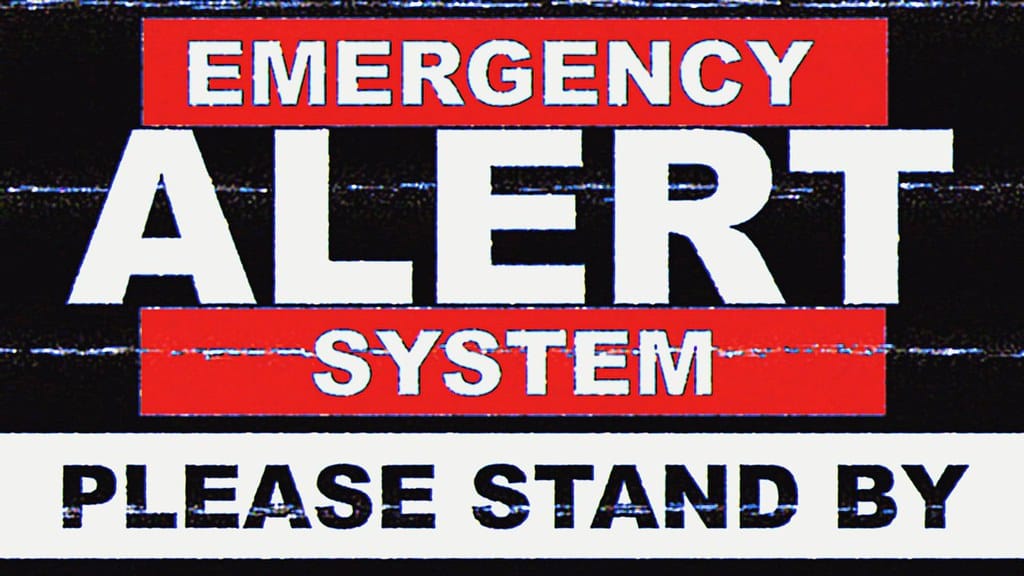FCC Announces Comprehensive Review of Emergency Alert Systems Following Recent Failures
The Federal Communications Commission (FCC) has launched a sweeping review of the United States' Emergency Alert System (EAS) and Wireless Emergency Alerts (WEA), marking the most significant examination of the nation's emergency communication infrastructure in over a decade. The review comes amid growing concerns about system reliability, false alarms, and the need for modernization in an era of increasingly complex threats.
Why Now? Recent Failures Spark Action
The FCC's decision to review emergency alert systems follows several high-profile incidents that exposed critical weaknesses in the current infrastructure. In January 2018, Hawaiian residents received a terrifying false missile alert that took 38 minutes to correct, causing widespread panic. More recently, technical glitches have prevented alerts from reaching millions of Americans during severe weather events, while outdated systems have struggled to handle the volume and complexity of modern emergency communications.
"The emergency alert ecosystem is more critical than ever," said FCC Chairwoman Jessica Rosenworcel in announcing the review. "Americans rely on these systems to keep them safe, and we must ensure they work when every second counts."
The review will examine both the older EAS, which broadcasts alerts through television and radio, and the newer WEA system that sends alerts directly to mobile devices. With over 270 million Americans now carrying smartphones, wireless alerts have become the primary means of emergency communication for most people.
Scope of the Investigation
Technical Infrastructure Assessment
The FCC will conduct a comprehensive technical audit of current alert systems, examining everything from message routing and delivery speed to geographic targeting accuracy. Current WEA messages are limited to 360 characters and cannot include embedded links or images – restrictions that emergency officials argue hamper effective communication during complex emergencies.
The review will also analyze the "alert fatigue" phenomenon, where frequent or poorly targeted alerts cause people to ignore future warnings. Studies show that Americans receive an average of 12 emergency alerts per year, but many are irrelevant to their location or situation, leading to decreased attention and response rates.
Coordination Between Agencies
Another critical focus will be the coordination between federal, state, and local emergency management agencies. The current system involves multiple layers of approval and routing, which can create dangerous delays. During Hurricane Harvey in 2017, some residents reported receiving flash flood warnings hours after flooding had already begun in their neighborhoods.
The FCC will examine how alerts are authorized, prioritized, and distributed across different jurisdictions, with particular attention to ensuring that local officials can quickly reach residents during rapidly developing emergencies.
Emerging Challenges and Opportunities
Climate Change and Extreme Weather
As climate change increases the frequency and intensity of extreme weather events, emergency alert systems face unprecedented demands. The 2023 wildfire season alone generated over 50,000 emergency alerts across western states, straining system capacity and highlighting the need for more sophisticated targeting and messaging capabilities.
The review will explore how alerts can better convey complex information about evacuation routes, shelter locations, and evolving dangerous conditions while avoiding information overload.
Technological Advances
Modern technology offers new possibilities for emergency communication that current systems cannot fully utilize. The FCC will evaluate how emerging technologies like 5G networks, artificial intelligence, and multilingual translation services could improve alert effectiveness and reach underserved communities.
Particular attention will be paid to accessibility for people with disabilities, elderly Americans, and non-English speakers – populations that have historically been underserved by emergency communications.
What This Means for Americans
The FCC's review represents a critical opportunity to modernize America's emergency alert infrastructure for the 21st century. Potential improvements could include:
- Faster, more accurate geographic targeting
- Enhanced message capabilities with images and links
- Better integration with social media and smart home devices
- Improved accessibility features
- Reduced false alarm rates
The review process will include public comment periods, allowing emergency management professionals, technology experts, and ordinary citizens to contribute insights and experiences.
Moving Forward
While the comprehensive review is expected to take 12-18 months, the FCC has indicated it will implement interim improvements where possible. The agency is also coordinating with FEMA, the National Weather Service, and state emergency management agencies to ensure the review addresses real-world operational challenges.
For millions of Americans, this review could mean the difference between receiving life-saving information in time – or not getting the message at all. As extreme weather events become more frequent and new threats emerge, ensuring that emergency alerts work reliably and effectively isn't just a technical challenge – it's a matter of public safety and national security.

